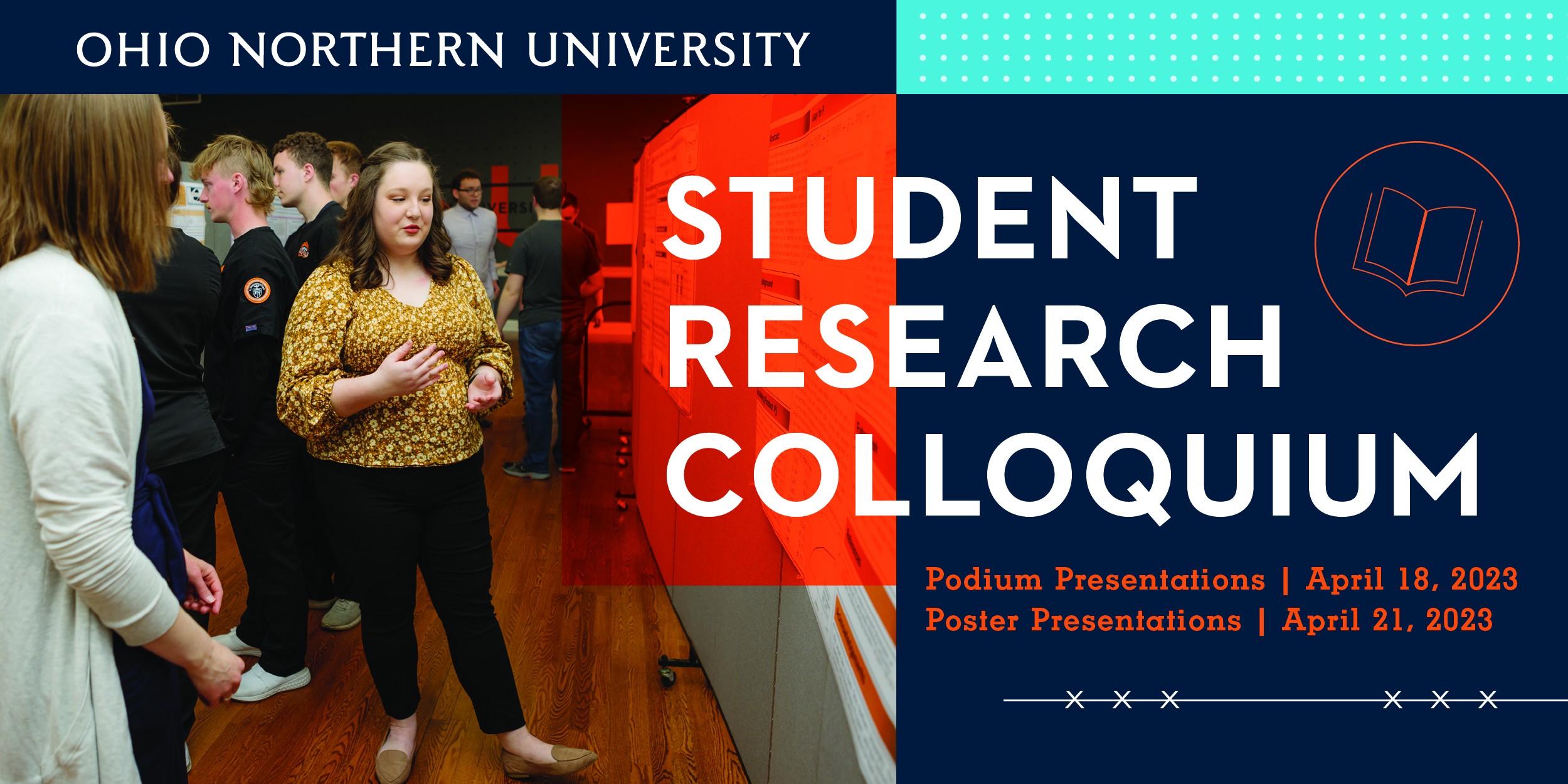Cardboard Kraft Fibers as a Concrete Aggregate
Advisor(s)
Seyed Ardakani
Confirmation
1
Document Type
Poster
Location
ONU McIntosh Center; McIntosh Activities Room
Start Date
21-4-2023 12:00 PM
End Date
21-4-2023 12:50 PM
Abstract
According to Princeton University, concrete construction accounts for eight percent of total carbon emissions world wide [1]. To reduce carbon emissions, researchers have been searching for alternative concrete aggregates to reach the industry’s goal of carbon net zero emissions by 2050. Emphasis has been placed on advancements relating to the usage of waste materials, specifically cardboard. The challenge with the implementation of cardboard fibers as a concrete material is maintaining the necessary properties of the concrete. Based on prior research, four rounds of tests were conducted to determine the effects of fly ash, glass fibers, silica fumes, and combinations of the components. To determine a benchmark for results a control mix was tested containing none of the additives. Each mix was tested at 7,14, and 28 days for the density, compressive strength, tensile strength, and flexural strength based on the industry’s standards provided by the American Society for Testing and Materials. These four tests are commonly performed on concrete used in construction and allow for comparison to the industry. Using cardboard as a concrete aggregate is questionable due to unknown long term effects of the material being implemented into construction relating to the public’s safety and welfare. Proper testing and following the national material testing regulations will limit the risk of material failure post implementation and help to address this concern. Likewise, lab testing often poses risk to researchers and lab assistants; to reduce health concerns, proper personal protective equipment, as well as proper testing procedures will be implemented.
[1] “Cement and concrete: The environmental impact - PSCI,” Princeton University. [Online]. https://psci.princeton.edu/tips/2020/11/3/cement-and-concrete-the-environmental-impact.
Recommended Citation
Guth, Mary, "Cardboard Kraft Fibers as a Concrete Aggregate" (2023). ONU Student Research Colloquium. 40.
https://digitalcommons.onu.edu/student_research_colloquium/2023/posters/40
Restricted
Available to ONU community via local IP address and ONU login.
Cardboard Kraft Fibers as a Concrete Aggregate
ONU McIntosh Center; McIntosh Activities Room
According to Princeton University, concrete construction accounts for eight percent of total carbon emissions world wide [1]. To reduce carbon emissions, researchers have been searching for alternative concrete aggregates to reach the industry’s goal of carbon net zero emissions by 2050. Emphasis has been placed on advancements relating to the usage of waste materials, specifically cardboard. The challenge with the implementation of cardboard fibers as a concrete material is maintaining the necessary properties of the concrete. Based on prior research, four rounds of tests were conducted to determine the effects of fly ash, glass fibers, silica fumes, and combinations of the components. To determine a benchmark for results a control mix was tested containing none of the additives. Each mix was tested at 7,14, and 28 days for the density, compressive strength, tensile strength, and flexural strength based on the industry’s standards provided by the American Society for Testing and Materials. These four tests are commonly performed on concrete used in construction and allow for comparison to the industry. Using cardboard as a concrete aggregate is questionable due to unknown long term effects of the material being implemented into construction relating to the public’s safety and welfare. Proper testing and following the national material testing regulations will limit the risk of material failure post implementation and help to address this concern. Likewise, lab testing often poses risk to researchers and lab assistants; to reduce health concerns, proper personal protective equipment, as well as proper testing procedures will be implemented.
[1] “Cement and concrete: The environmental impact - PSCI,” Princeton University. [Online]. https://psci.princeton.edu/tips/2020/11/3/cement-and-concrete-the-environmental-impact.

